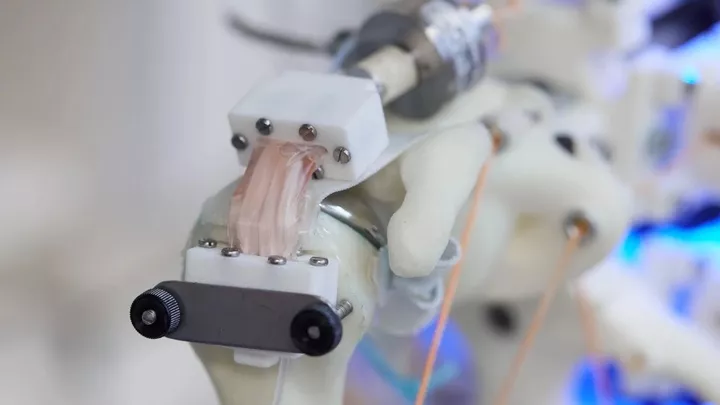
Organ transplants are always seen in some medical-related films and television productions, where certain tissues can be regenerated using the body's own ability to repair them. In addition to this approach, some human tissues can actually be cultured for re-transplantation outside the body, although the development of this field is still in its infancy.
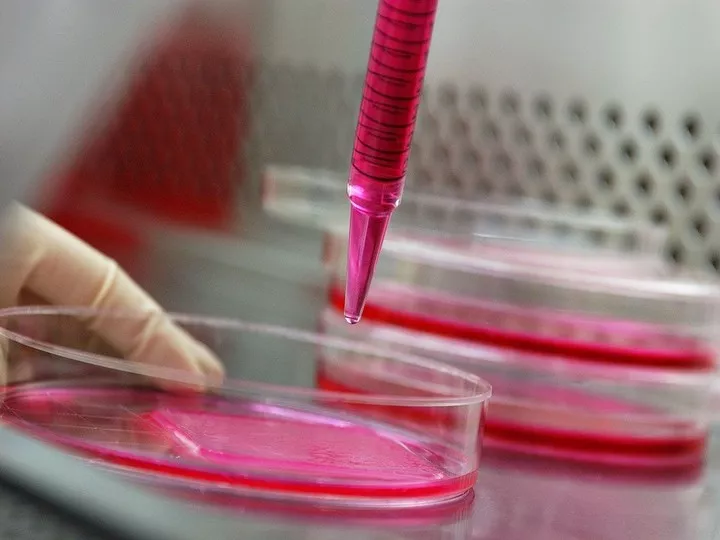
▲Image from: Lonza Bioscience
One of the reasons why the development of in vitro tissue culture has been limited is adaptability. Tissues grown in a static environment do not easily match the shape of human body parts, and even when they can rely on structures such as hinges for assistance, the tissue can usually only be stretched or bent in one direction.

▲ Image from: Unsplash
So researchers at Oxford University and the robotics company Devanthro came up with a different solution: if you want to grow substances that can move and bend like tendons or muscles, it's best to recreate their natural growth environment as accurately as possible, for example by creating an environment that approximates the human body (the research has been published in Nature Portfolio's journal Communications Engineering).
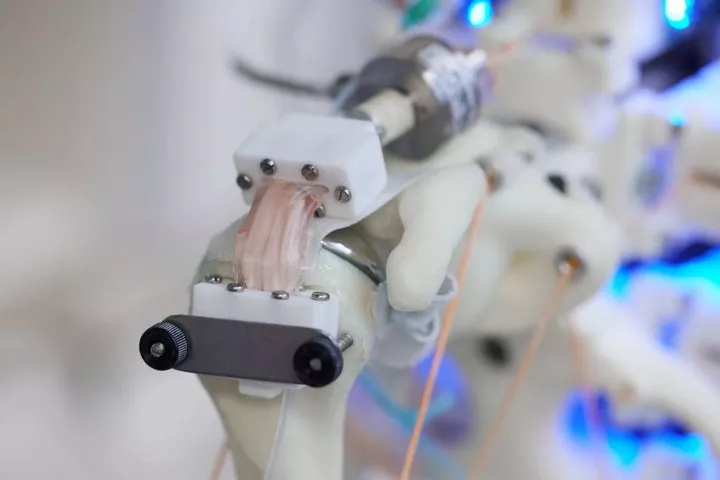
▲Image from: FISHER STUDIOS
Using an open-source robotic skeleton designed by Devanthro engineers, the researchers chose the shoulder joint as the site for culturing the tissue and customized a growth environment (this growth environment is called a bioreactor) for the tissue that could be fitted into the skeleton to bend as needed.
Devanthro began with a humanoid arm design that included a simplified ball-and-socket joint and nine muscle actuators. Later changes were made and the adapted MSK (musculoskeletal) shoulder is closer to the anatomy of the human shoulder than the original model.
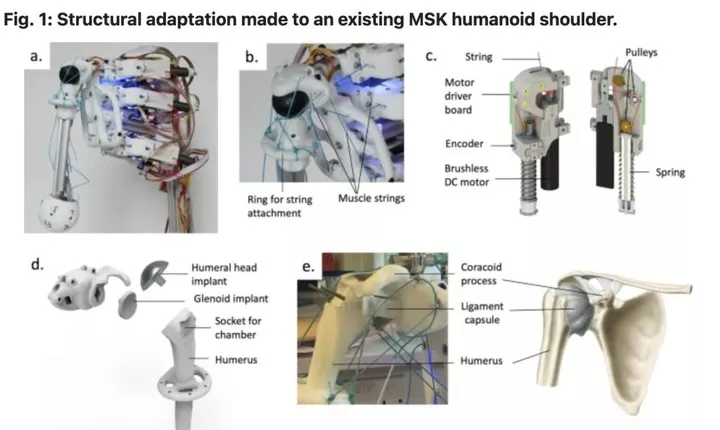
▲ Image from: Communications Engineering
In the experiment, the researchers seeded human cells on hair-like filaments and injected the chambers with a growth-promoting, nutrient-rich fluid, which were also subjected to a 30-minute daily exercise routine on a replica human shoulder after a period of growth.
After a period of time, by comparing the tissues to those grown in a static environment, the researchers found that the fastest cell proliferation was observed in tissues grown on a humanoid skeleton. Even though the degree of force applied varied, the cells all displayed a highly elongated morphology.
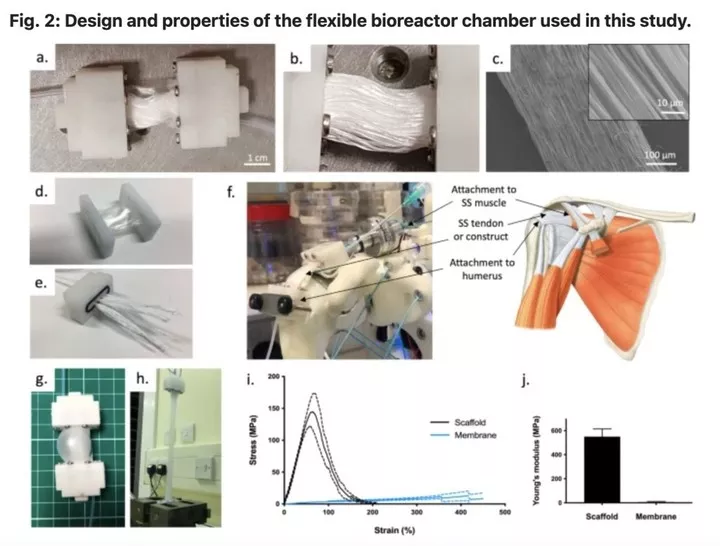
▲Image from: Communications Engineering
From this, the researchers concluded that it is feasible to use an MSK (musculoskeletal) humanoid robot to support tendon tissue engineering by culturing cells in a flexible bioreactor chamber, which can be mechanically stimulated in the humanoid robot arm.
While the exact potential of this research for development remains to be further investigated, the current performance suggests that it can overcome the limitations of current bioreactor systems.

▲Image from: FISHER STUDIOS
For example, it can be used to produce tissue to repair torn rotator cuff tendons, the tendonitis that causes tears, a common shoulder problem and the most common cause of shoulder pain in adults. Often doctors use sutures to reattach the torn tendon to the bone, but in about 40 percent of cases the repair fails because of poor tissue healing. Tissue grafts may heal more successfully if humanoid robots are used to stimulate growth.
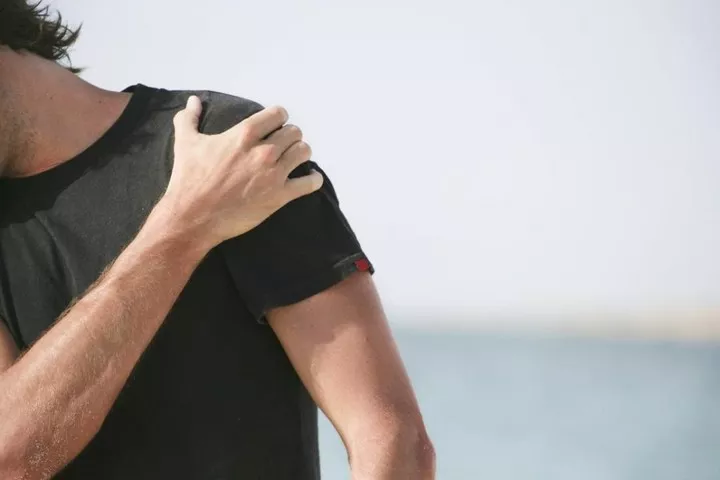
▲Image from: Medical News Today
A similar approach could be extended to other tendons (i.e., for different locations in the body) or even other tissues (bones, ligaments, muscles, etc.). In addition to tissue engineering applications, humanoid bioreactor systems have the potential to become advanced in vitro culture models for testing cells, drugs, biomaterials, etc.
The researchers also believe that these humanoid robots could be built to suit the patient's own physiology so that they could be personalized to the tissue.
It is worth noting that while the humanoid bioreactor has its own advantages, it is not intended to replace existing similar platforms or protocols, but rather to fill gaps in unresolved clinical translation pathways.